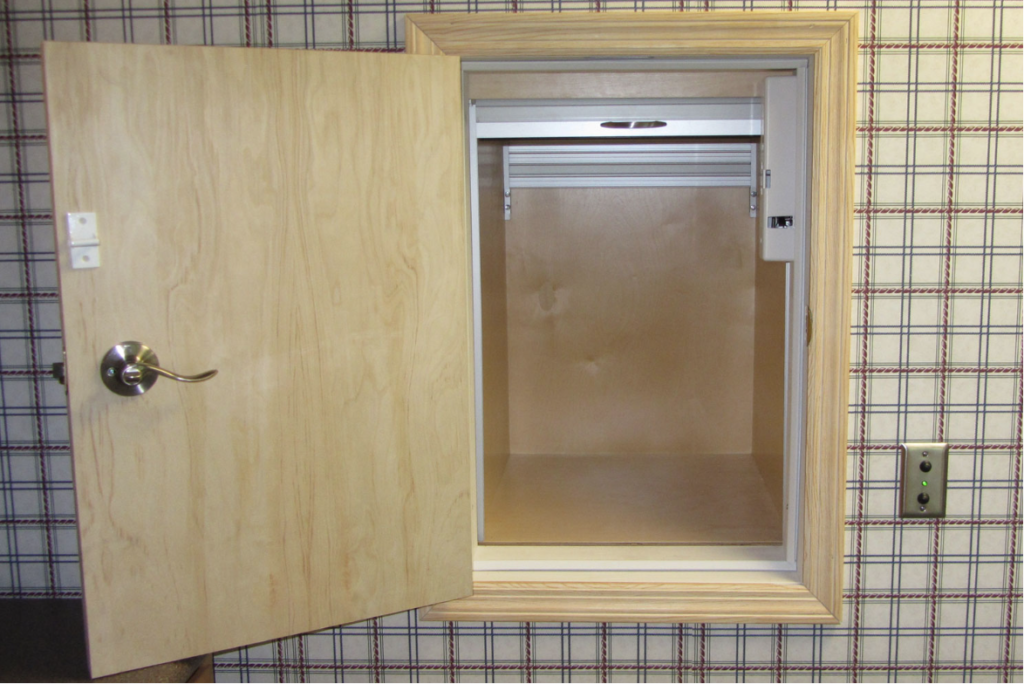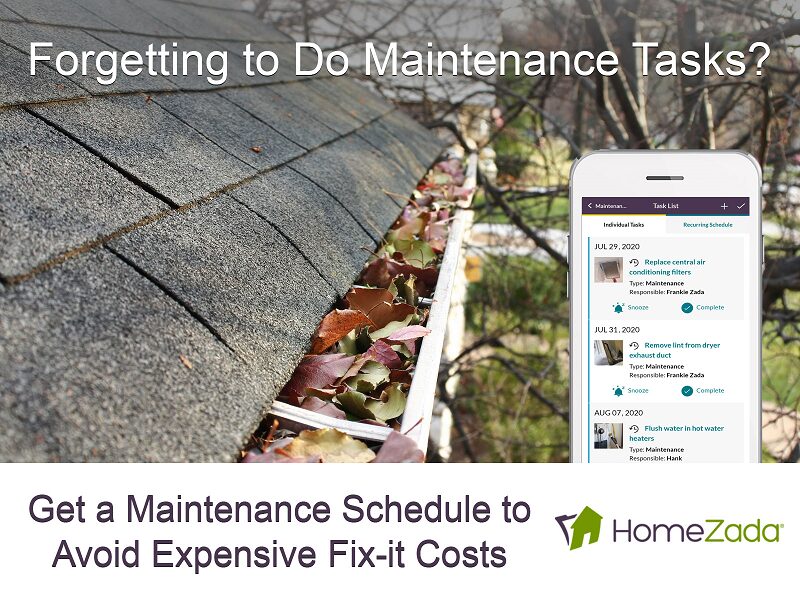Imagine having to carry laundry baskets up and down the stairs for years. Your arms ache, and you stumble occasionally, making the task feel endless. However, one day, you come across a possible solution- a dumbwaiter.
This magical-sounding contraption promises to whisk your laundry woes away, effortlessly transporting it between floors.
Intrigued, you start researching. Is a dumbwaiter the solution to your multi-level home woes, or might there be a hidden twist?
Let’s explore the dumbwaiter, including its potential benefits and drawbacks, to help you decide if it’s the perfect addition to your home.
PROS
Convenience
To begin, let’s talk about convenience.
Think about the time you spend doing laundry. Instead of hauling heavy baskets up and down stairs, imagine loading them into the dumbwaiter and sending them on their way to the laundry room (or returning the finished laundry back upstairs) with the push of a button.
While you might still dread laundry day, at least you won’t have to worry about dragging heavy baskets of clothes everywhere.
Accessibility
Accessibility is another key benefit of having a dumbwaiter in your home. Navigating stairs can be challenging for individuals with mobility challenges or disabilities.
A dumbwaiter offers a convenient and safe alternative, allowing everyone in the household to move items between floors easily. This accessibility also extends to aging homeowners, allowing them to remain independent and in their homes longer.
It’s a simple yet effective way to enhance the quality of life for everyone in the household.
While dumbwaiters offer numerous benefits, it’s essential to consider the potential drawbacks before deciding. Let’s explore some cons of installing a dumbwaiter in your home.
CONS
Expenses
The expense is the most obvious “con” of installing a dumbwaiter in your home. The costs can add up quickly, from the initial investment in equipment and installation to ongoing maintenance and potential repairs.
Homeowners need to carefully weigh the upfront costs against the long-term benefits to determine if a dumbwaiter fits within their budget.
Space
Space constraints and installation requirements are another consideration.
Dumbwaiters require adequate space for installation, which may impact existing floor plans or require structural modifications. Additionally, navigating electrical and safety considerations, obtaining permits, and ensuring compliance with building codes can be complex and time-consuming.
Noise
Noise and disruption during operation are also potential drawbacks.
However, the age and condition of the dumbwaiter system can significantly affect its noise production. Older, poorly maintained dumbwaiters may be more prone to creaking, rattling, or other disruptive sounds as they operate.
In contrast, a newer, well-designed dumbwaiter with high-quality components may run much more quietly. The specific design of the dumbwaiter system can also impact the noise level.
Some models are engineered with noise-dampening features, such as sound-absorbing materials or specialized motors, to minimize the disturbance to your home environment.
Additionally, the placement of the dumbwaiter within your home can affect how much the noise is heard, with enclosed shafts or insulated walls potentially helping to contain the sound.
Maintenance
Maintenance and upkeep are ongoing responsibilities that homeowners must consider. Regular maintenance is essential to ensure optimal performance and safety, and neglecting upkeep can lead to costly repairs down the line.
To keep your dumbwaiter operating well, you’ll need to do the following:
Conduct regular inspections:
Schedule routine inspections of your dumbwaiter to catch any potential issues before they escalate. Check for signs of wear and tear, loose components, and any unusual noises during operation.
Addressing minor issues promptly can prevent more significant, more costly repairs down the line.
Lubricate regularly:
Keep those gears turning smoothly by lubricating moving parts as recommended by the manufacturer. This simple yet essential maintenance task ensures that your dumbwaiter operates seamlessly, minimizing friction and wear on crucial components.
Clean and sanitize:
Just as you maintain the cleanliness of your home, it’s essential to keep your dumbwaiter clean and sanitary. Regularly wipe down surfaces, remove debris, and sanitize the interior to prevent the buildup of dirt and grime.
This promotes hygiene and prolongs the lifespan of your dumbwaiter.
Schedule professional inspections:
Schedule periodic servicing with qualified technicians to conduct thorough inspections, make adjustments, and address any issues that may arise. This proactive approach to maintenance ensures that your dumbwaiter remains in top-notch condition for years to come.
Ultimately, installing a dumbwaiter should align with your lifestyle, budget, and long-term goals for your home. If the convenience and accessibility benefits outweigh the challenges and considerations, then exploring the idea further may be worthwhile.
Choosing the Perfect Electric Bidet for Your Home
Safeguarding Your Home: How to Choose the Right Home Security System for You



